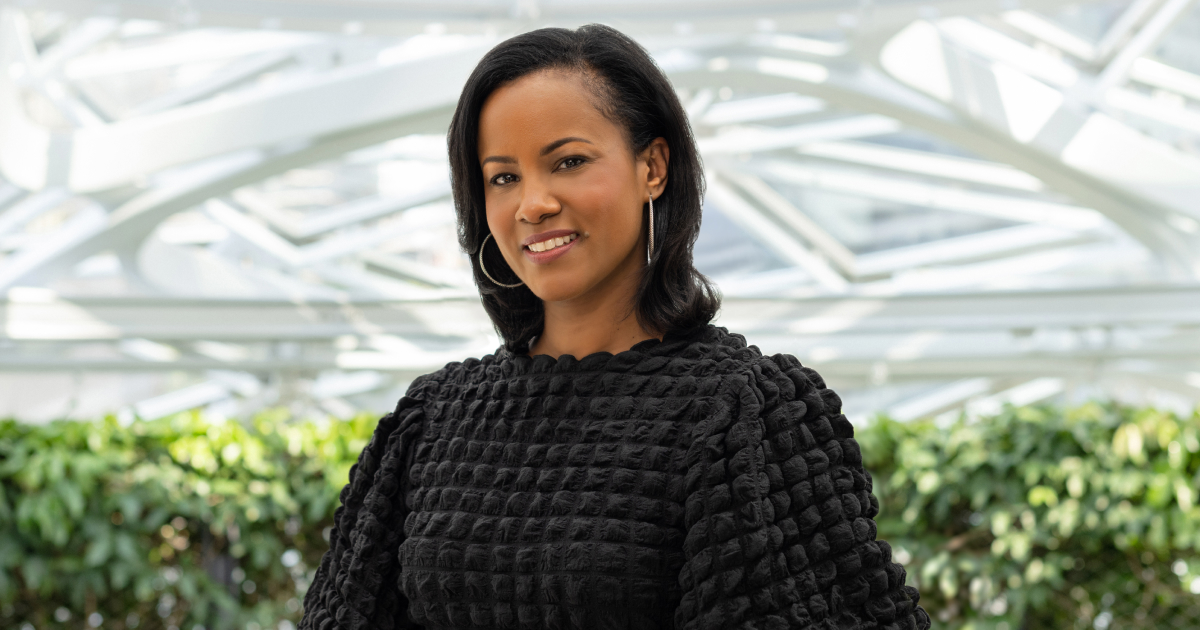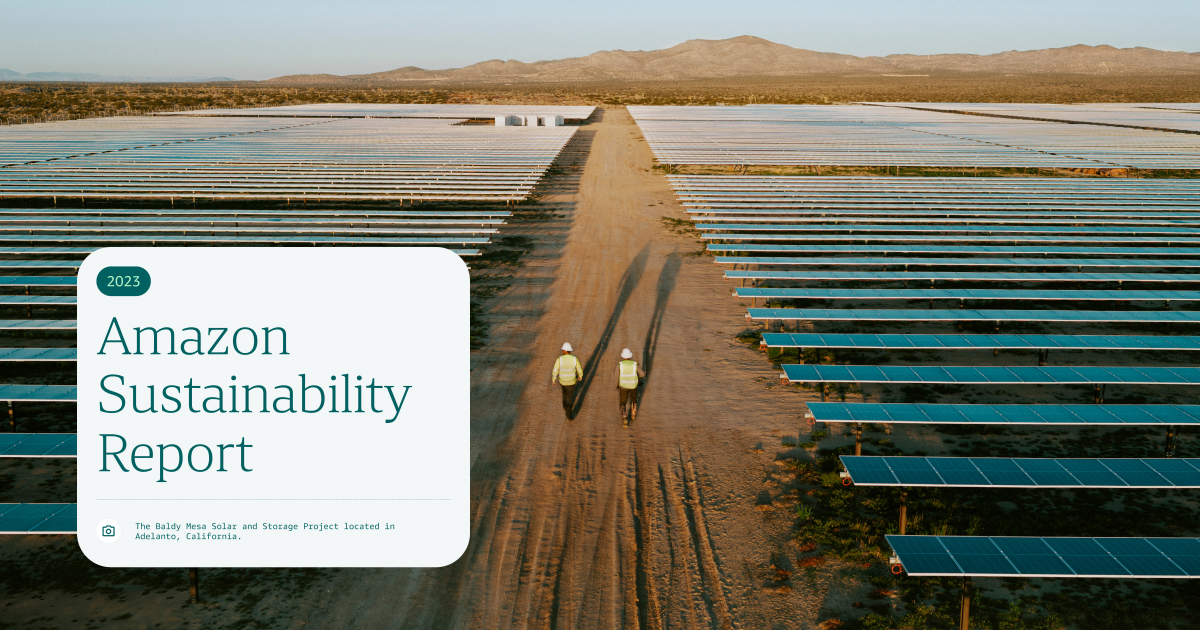Susan Beverly is a self-proclaimed Environmental, Social, and Governance (ESG) enthusiast. She leads the teams responsible for publishing Amazon’s annual sustainability report and building relationships to drive climate action across the globe. She also manages teams dedicated to helping other employees learn how they can contribute to Amazon’s sustainability goals.
“I’m an ESG nerd,” Beverly says. “Reporting is near and dear to my heart because it’s an opportunity to be transparent. In my role, I get to go deep on reporting, disclosures, and issues management, while also developing sustainability-focused partnerships and programs that help fuel our success.”
The Climate Pledge, a commitment to reach net-zero carbon by 2040, is a critical part of Amazon’s vision to have a positive impact on the world through sustainability initiatives. It’s why Amazon co-founded The Climate Pledge in 2019 and became its first signatory. For Beverly, the key to unlocking such an ambitious goal is to have a plan, then execute it through measurement and reporting.
We asked Beverly about how the annual sustainability report comes together, the ways in which ESG influences business decisions at Amazon, and what advice she has for other organizations on their decarbonization journey.
Interview has been edited and condensed for clarity.






